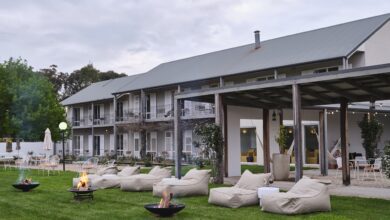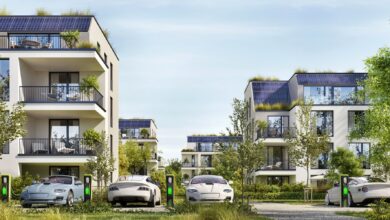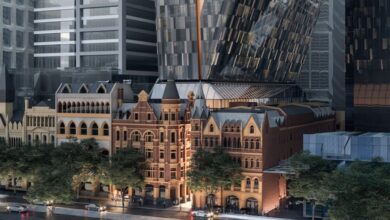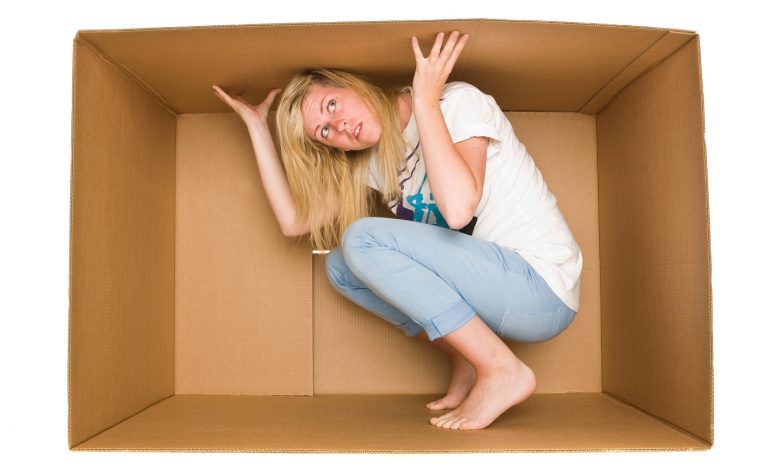
Have you ever felt the weight of the world pressing down on you?
Refreshing ceilings to give a cleaner & brighter appearance is a simple way to modernise guestrooms & stay ahead of the game
The wrong ceiling can have that claustrophobic effect, especially for guests in older-style resorts with chunks of grey vermiculite overhead.
The coarse grey texture immediately identifies an accommodation property as dated and can often be a sure-fire guarantee that guests won’t be returning.
Our latest AccomNews print issue is available now. Read it HERE
But refreshing ceilings to give a more modern, brighter, and cleaner appearance is a simple way to renew and refurbish guestrooms to stay ahead of the game in the ever-competitive accommodation industry. Maintaining high standards and enhancing a property’s appearance, can only add to the guest experience, increase customer satisfaction, safety, and improve the all-important bottom line.
There are many cost-effective and environmentally friendly ways to spruce up guestrooms to boost business, and simple restorations on a budget can significantly improve appearance and functionality.
Also known as an acoustic or vermiculite ceiling, the “popcorn ceiling” is a spray-on, textured finish that resembles the texture of popcorn or cottage cheese. The spray-on vermiculite was great for reducing noise and covering dirty, damaged, or uneven ceilings, but it fell out of favour in the 1980s. It is still prevalent in many older properties, though.
Resurfacing is a cost-effective solution to out-of-date ceilings, benchtops, bathtubs, and tiles.
Matthew Bailey is a Senior Advisor with Ceiling Resurfacing Australia which has qualified technicians across the country and specialises in transforming old textured ceilings.
“The vermiculite style ceilings are still everywhere in motels while others have stippled or stucco ceilings,” Mr Bailey said.
“In more recent years textured paint became popular, particularly with a lot of apartments in places like the Gold Coast.
“Vermiculite and other textured ceilings were used to hide the concrete imperfections. It’s a cheap way to finish ceilings, but unfortunately, once you’ve got that texture it creates shadows. Your brain translates this to lowering the ceiling so that the room seems smaller and darker, like an overcast day, but all the time.
“Some people think the best way to fix that is to build a false ceiling, which is one of the traditional methods. But adding a lower ceiling only makes the space feel even smaller.”
Mr Bailey said resurfacing ceilings was not just a matter of skimming or rendering over the texture.
“Rather, it involves a comprehensive process of grinding the texture and coating them repeatedly until the surface is perfectly smooth.
“Then, once painted white, the ceilings feel bright and clean and the feel of the room completely changes. It’s like clouds on an overcast day that have lifted and completely disappeared. Almost without exception, the first thing people say when they walk in, and the vermiculite has been replaced with a new surface is that the space feels so much bigger and brighter.”
Mr Bailey said a standard-size motel room could be resurfaced with an allergy friendly low-VOC plaster finish for as little as $2000 which would “completely transform” the overall look and feel of the space.
He said resurfacing was a much better option than installing a new plasterboard ceiling as varying lighting conditions expose joints, screw holes, and other imperfections.
“The resurfacing process gives the ceiling, what the industry calls a ‘level 5 finish’, which is a perfectly smooth uniform finish”.
“Plaster joints have no texture,” Mr Bailey said, “but plasterboard sheets have a paper texture, which is why you can often see the joints under various lighting conditions.”
For resurfacing to be done properly, specialised high-pressure spray equipment is used to apply plaster very thinly under high pressure. Therefore, a perfect bond is achieved with a beautiful finish that lasts a lifetime.
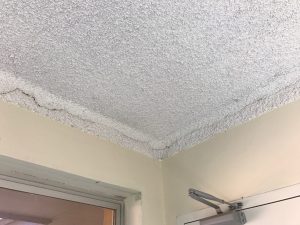
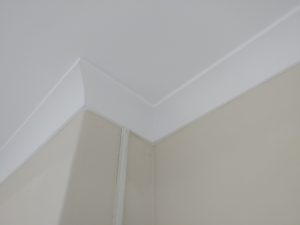
Resurfacing doesn’t just improve ceilings, either…
Benchtop resurfacing can provide an immediate and dramatic transformation to kitchens. Areas damaged by chips, burn marks, and wear and tear from years of hosting guests can be easily filled and repaired. Non-porous acrylic materials provide design flexibility and a number of maintenance advantages, being waterproof, stain and impact-resistant, and hard-wearing.
Bathtub resurfacing is also a sound investment provided the tub is in good working condition. The reglazing process removes surface imperfections, scratches, shallow cracks, and stains and can make the bath look like new for not a lot of money.
Similarly cleaning the grouting in a bathroom or kitchen is a faster and cheaper way to improve the appearance than major renovations. Depending on the stains in the grouting, a simple warm water and vinegar solution can suffice, though sometimes bleach is the only remedy.
One of the cheapest ways to update a bathroom tile without replacing it is a lick of paint though it may be harder to remove the tile in the future and the tile and grouting will lose their contrast.
There are many companies now specialising in improving the waterproofing of bathrooms through modern sealants which, with guaranteed work, are proving far less expensive than major bathroom renovations.
There are also major environmental benefits in adopting a renew-and-refurbish approach, with reduced waste and energy consumption compared with the work of replacement or major renovations.
Grantlee Kieza OAM has won three Queensland Media Awards, two Australian Sports Commission Awards and has been a finalist for the Walkley and News Awards and for the Harry Gordon Award for Australian sports journalist of the year. In 2019 he received the Medal of the Order of Australia for his writing. You can find more of his work in our AccomNews & Resort News print magazines.
He has written 22 acclaimed books, including bestsellers Hudson Fysh, The Kelly Hunters, Lawson, Banks, Macquarie, Banjo, Mrs Kelly, Monash, Sons of the Southern Cross and Bert Hinkler.

